Volkswagen ID.4 Pro Performance review
The ID.4 is the big gun in Volkswagen’s growing EV arsenal. This medium-size crossover SUV will lead the charge in what the German giant says is the “largest e-offensive in the automotive industry”.
VW Group, which owns Skoda, Audi, Porsche and other brands, is one of the biggest car makers in the world. In 2020 it sold 9.3 million vehicles globally to finish a close second behind Toyota.
So when CEO Herbert Diess said earlier this year that VW intends to become the biggest EV manufacturer on the planet by 2025 many, including hard-hearted market analysts, believed him.
Becoming the world’s dominant EV producer obviously means overtaking Tesla. Though Volkswagen has a way to go, it’s getting there.
READ MORE: Volkswagen ID.3 review
READ MORE: Volkswagen expands ID family with ID.5 electric SUV
The ID.4 is on track to record around 100,000 sales this year, making it the VW Group’s best-selling EV. Unlike other ID models, it’s being built and sold around the world. After a rapid ramp-up, the ID.4 is now being produced in Germany, China and the USA.
It’s a manufacturing strategy that reflects the global popularity of the medium-size crossover SUV. It’s the kind of car that people everywhere want, regardless of where the energy to power it comes from.
Though Volkswagen Australia says it wants to add the ID.4 to its line-up here, it’s so far been unable to persuade the decision-makers in Germany to allocate supply. The corporate policy is to ship VW EVs only to nations with legally binding emissions targets.
Curiously, this rule doesn’t extend to other VW Group brands. Australians are able to buy a Porsche Taycan or Audi e-Tron right now, and the Born from Volkswagen-owned Cupra is confirmed for a late 2022 launch.
Never mind. Though there are problems with getting the ID.4 into Australia, getting an Australian into an ID.4 is another matter. With some help from Volkswagen Australia, EV Central organised to borrow one from the VW Italia test fleet.
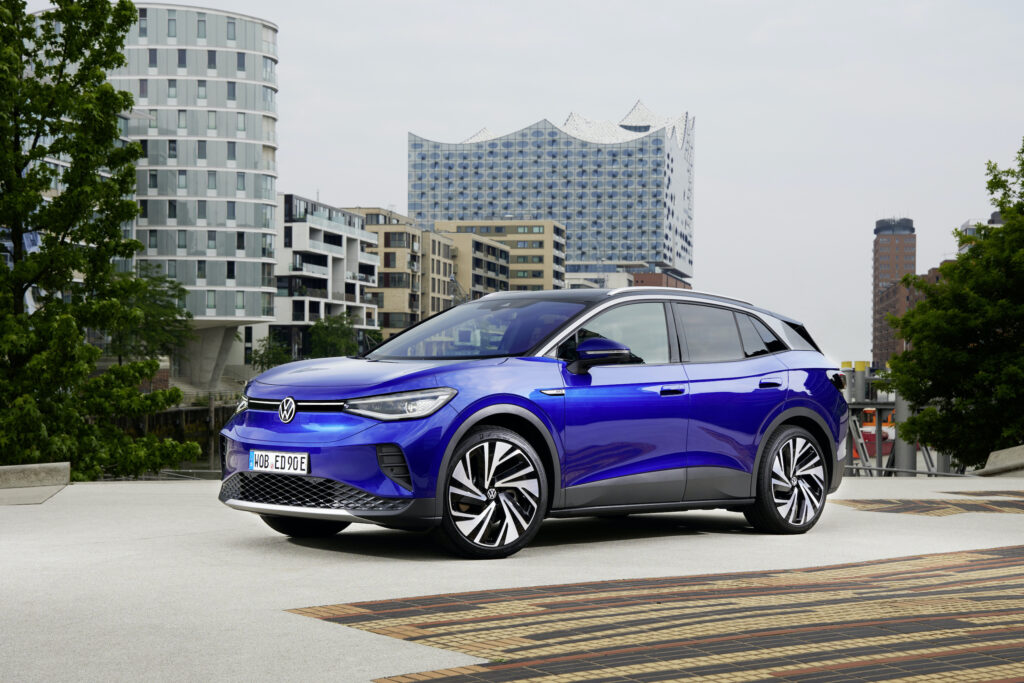
Price and position
Though our test ID.4 was a limited-run (and sold-out) 1st Edition, its technical specification is identical to the current Pro Performance variant; same 77kWh lithium-ion battery pack and 150kW rear-mounted motor.
It sits near the top of the ID.4 range. Under VW’s naming system Pro means a bigger battery than the Pure variants, which have a 52kWh pack, and Performance means a more powerful motor than the 109kW unit in the basic versions. The new range-topping ID.4 GTX is basically a Pro Performance with an extra motor to drive its front axle.
European prices for the ID.4 Pro Performance vary country to country. They’re typically in the $70,000 to $75,000 equivalent range. The VW is similar money to the single-motor versions of the Tesla Model 3 and Volvo XC40 Recharge; we don’t get the single motor XC40 here, only a dual-motor version, but the entry-level Tesla Model 3 sells from $59,900 plus on-road costs. Volkswagen has said it would like to get the start price of the ID.4 down to around $55K in Australia.
In Italy at least the Volkswagen comes with a quite high level of equipment, though some things you’d expect to be standard – like electric seat adjustment, blind-spot monitoring system and reversing camera – are optional extras.
While the standard spec list lacks items some buyers might consider safety essentials, the ID.4 does get the really important stuff. Auto emergency braking, for example. And the VW has earned a five-star rating from the Euro NCAP organisation.
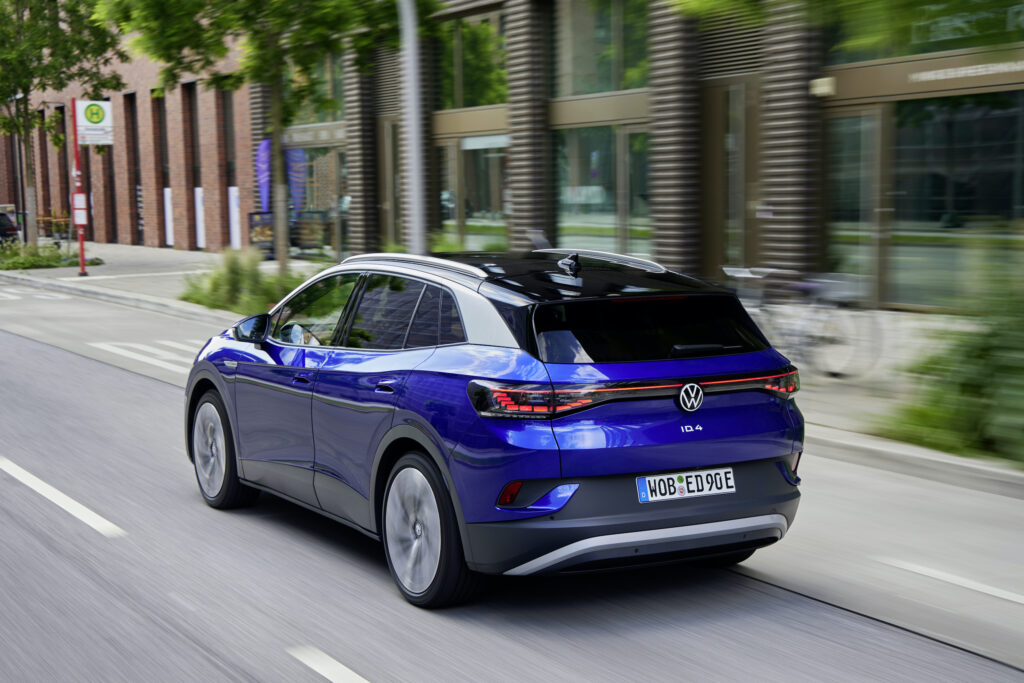
Range and performance
The official WLTP driving range of the ID.4 Pro Performance is 522km, which is a bit optimistic. The thorough and reliable people at EV Database give its a real-world average range of 410km, with a worst-case 295km and best-case 600km.
Judging from the energy consumption we saw, these numbers are pretty accurate. Our test drive covered more than 700km. As is typical with an EV, energy consumption was highest when driving on motorway or going briskly on winding mountain roads, lowest when driving around town.
Our highest consumption figure between charges was 20.6kWh/100km, our lowest 15.2kWh/100km. These numbers translate to real-world ranges, in mild European autumn temperatures, of 375km to 505km.
The ID.4 has exactly the same synchronous permanent-magnet electric motor as used in the rear axle of a bunch of other vehicles based on the VW Group’s MEB modular EV platform. The list includes the Volkswagen ID.3, Cupra Born, Skoda Enyaq and Audi Q4 e-Tron.
The motor’s maximum power and torque outputs are 150kW and 310Nm, so the ID.4 is no fireball. VW claims a 0-100km/h acceleration time of a respectable 8.5 seconds, but it’s measurably less lively than the lighter and lower ID.3 hatchback with exactly the same motor and battery pack, or a Nissan Leaf.
Still, the ID.4 has the smoothness and instant responsiveness that makes an EV more pleasant to drive than any ICE-mobile. And the VW’s drivetrain is impressively quiet, even when compared to other EVs.
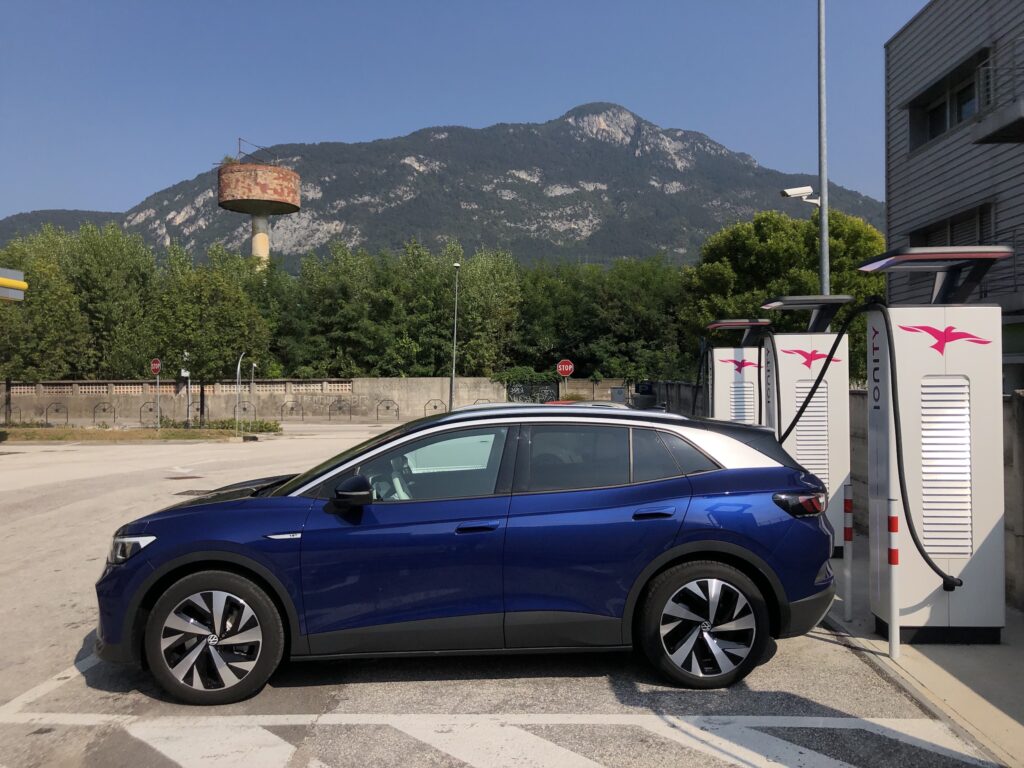
Charging
When it comes to charging the ID.4 is reasonably speedy. Its standard on-board AC charger can handle up to 11kW, like many other EVs with similar-size battery packs. The VW is also equipped to recharge at up to 125kW from DC fast chargers.
What these numbers mean is that a complete 0-100 percent charge using an AC wallbox will take 8:15 hours, while a 10-80 percent on a DC fast charger will take 34 minutes.
During our time with the ID.4 we used both AC and DC. On a weekend getaway to the Dolomite mountains we chose a hotel with a free destination charger. It turned out to be an 11kW unit, so the 50 percent recharge to get the VW back to 100 percent for the trip home only took around four hours.
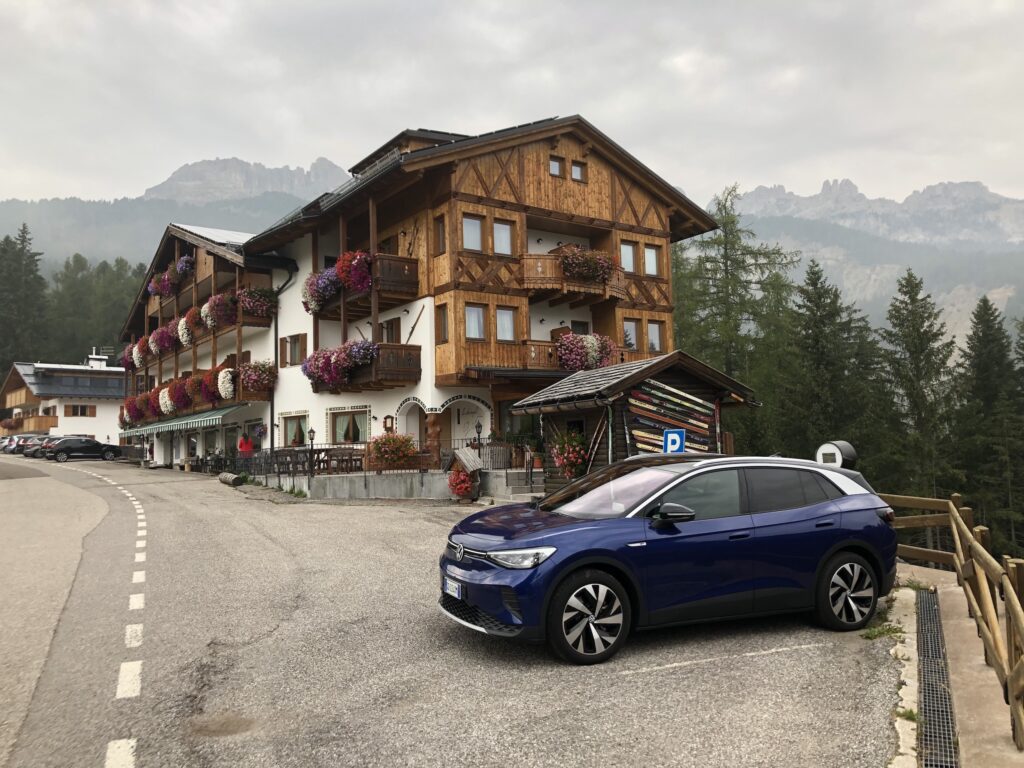
On the outbound trip we stopped at an Ionity 350kW charger, which involved a detour of a few kilometres off the autostrada. It was charger overkill for an EV that can only take 125kW, but the other convenient-to-reach DC chargers available were only 50kW.
Technical problems with this recharge meant calling the Ionity helpline. The delay was a pain, but Ionity eased it by not charging me the $45 that the 37kWh charge should have cost.
We also charged once at less costly 50kW DC charger close by a local supermarket. It was able to put a 29kWh top-up into the ID.4, a 35 percent charge, in the 50 minutes it took me to do the weekly shop.
Though I don’t have a wallbox in my tiny garage, the publicly accessible charging infrastructure in the north of Italy is good enough to make EV ownership practical.
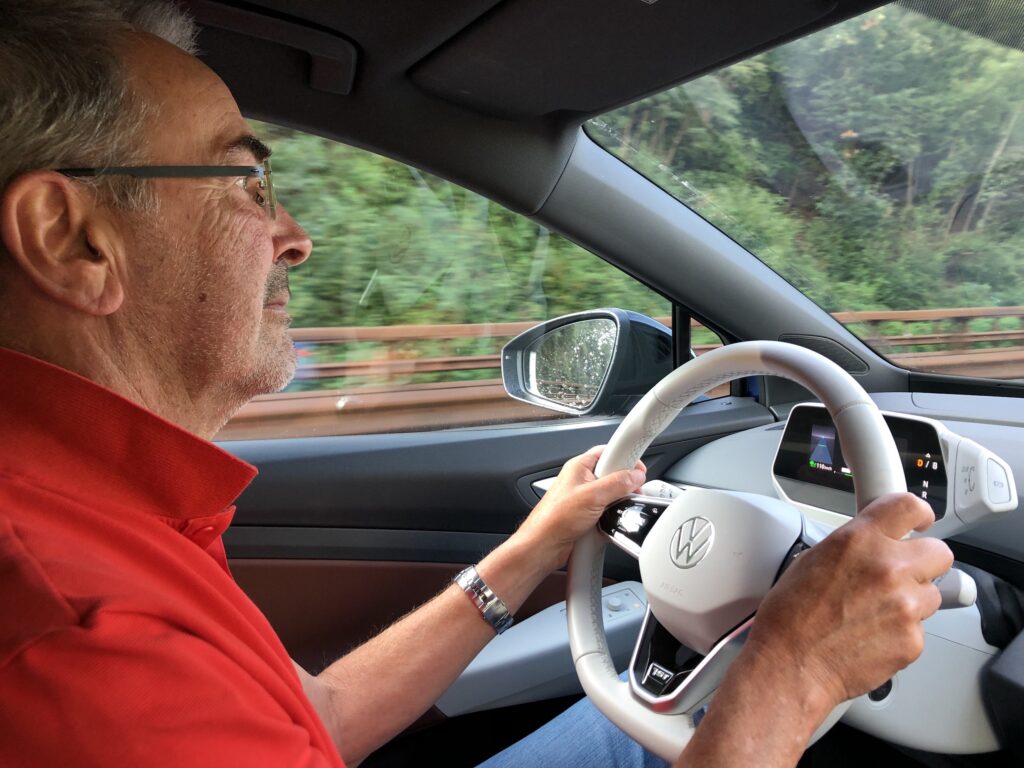
Interior and equipment
The basic dimensions of the ID.4 are very similar to the VW Tiguan, but the longer wheelbase and larger wheels of the EV make it look lower and sleeker.
Despite external appearances, there’s plenty of space inside the flat-floored cabin. Being an EV, there’s no need for a raised hump for driveshafts, exhaust systems and so on running down the centre. The split-folding rear seat is very roomy for a mid-size crossover SUV.
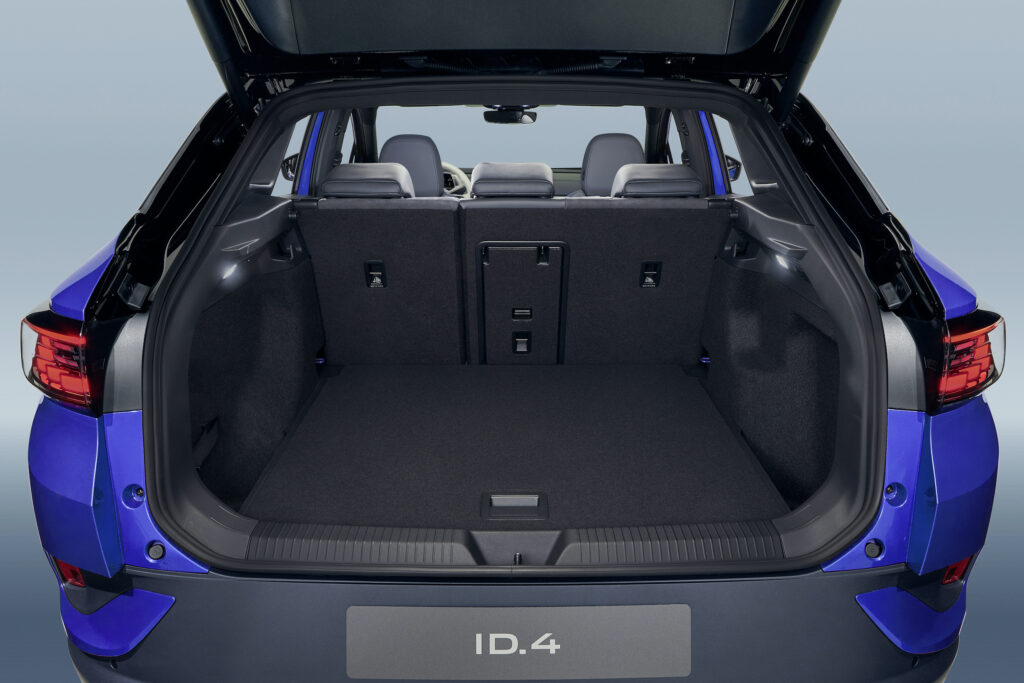
The cargo compartment is large. Its precise volume is 543 litres, according to VW. The ID.4 doesn’t have a frunk under its bonnet, like a Tesla or a Polestar, so charging cables have to be stashed in the rear.
Up front are a pair of comfortable seats. These face a minimalistic instrument panel, dominated by a landscape-oriented touchscreen with a row of touch-sensitive buttons beneath.
The instrument display is another screen. The ID.4’s simple and intuitive to use twist-to-select gear selector sprouts from its right-hand side. It’s very similar to the selection solution chosen by BMW for the i3, and is used in all other MEB-based VW Group EVs.

The stripped-down design puts the focus firmly on function. Consequently, the ID.4 doesn’t make the same kind of almost-premium impression as, say, the Golf. Even so, the ID.4’s interior is neatly put together and appears to be made from durable materials.
Storage space is adequate rather than outstanding, but the needs of power-hungry digital devices are covered. Our ID.4 came with four USB-C ports, two in the front and two more in the rear, plus an inductive charging pad in the centre console.
Apple CarPlay and Android Auto are both supported. This is a good thing, since the VW’s central touchscreen isn’t the best. Its menu structure isn’t user-friendly and the unit isn’t snappy enough when responding to inputs.
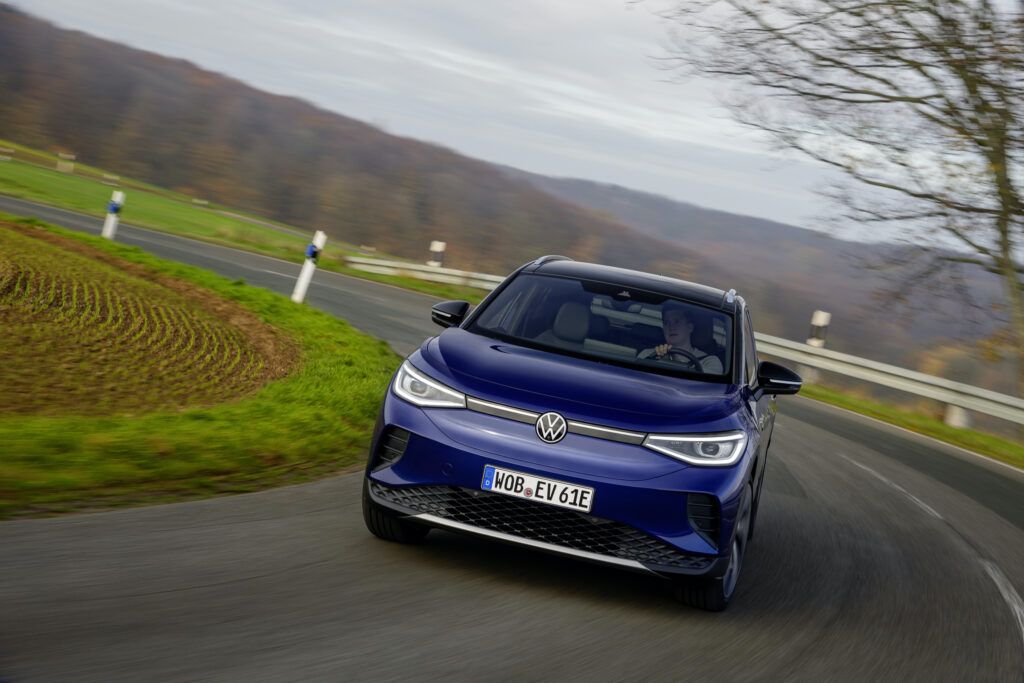
Ride and handling
Weighing in at a hefty 2.1-and-a-bit tonnes, the ID.4 is no lightweight. But with its heavy battery pack mounted low down in the chassis, the handling of the VW is very good compared to ICE-powered competitors.
It also benefits from having a rear-mounted motor. Traction loss when accelerating is never a problem, and the turning circle is tight compared to front-drive competitors where driveshafts limit the turning arc of the front wheels.
the ID.4 felt right at home of fast-flowing mountain roads. The steering doesn’t create a great feeling of connection with the road. Brake pedal feel is very natural, something not all EVs achieve. The level of regenerative braking in D is quite mild, and VW conceals the transition from electrical to mechanical braking very well.
Twisting the gear selector forward a second time switches from D to B-for-braking. While this boosts the effect of regenerative braking when in the accelerator is released, B doesn’t make the ID.4 a true one-pedal drive.
The ID.4 has four powertrain modes: Eco, Comfort, Sport and customisable Individual modes. Choosing Sport is pointless; the VW is actually better to drive quickly in Comfort. Eco dulls accelerator pedal responsiveness, but this energy-saving and therefore range-extending mode is perfect for driving on motorways with the adaptive cruise control engaged.
While the quietness and all round refinement of the ID.4 at autostrada speeds is soothingly impressive, its suspension could be improved. Ride comfort on poorly surfaced roads, especially at lower speeds, isn’t as good as it should be. Here, the VW feels stiff-legged.
Our test car wore low-profile 235/50R20 Bridgestone Turanza Eco tyres, which surely contributed to the jiggly ride. It’s almost certain the ID.4 would roll more smoothly on smaller diameter wheels wearing tyres with deeper sidewalls.

Verdict
Spacious, practical, refined, the ID.4 is an above-average mid-size crossover SUV. And its driving range and charging equipment make it a pretty competitive EV, too.
Priced right, this VW would win Australian hearts and minds, just like it’s doing elsewhere in the world.
Volkswagen ID.4 Pro Performance specifications
Price: $70,000-$75,000 in Europe (expect an ID.4 start price around $55K in Australia for lower-grade models)
Basics: EV, 5 seats, 5 doors, mid-size crossover SUV, RWD
Range: 522km WLTP, 410km real world range
Battery capacity: 77kWh
Battery warranty: 8 years/160,000km (guarantee of 70 percent of original battery capacity)
Energy consumption: 14.8kWh/100km WLTP
Motors: 1 rear, 150kW/310Nm synchronous permanent magnet
AC charging: 11kW, Type 2 plug
DC charging: 125kW, CCS Combo plug
0-100km/h: 8.5 seconds (claimed)

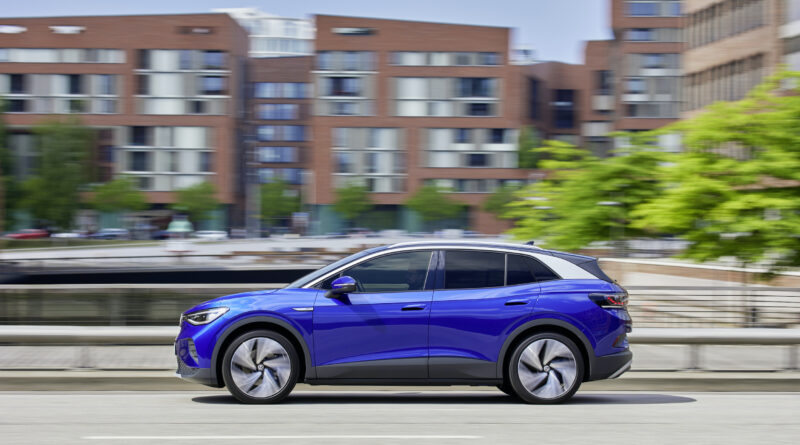
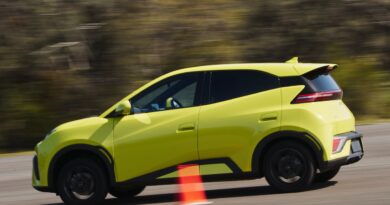
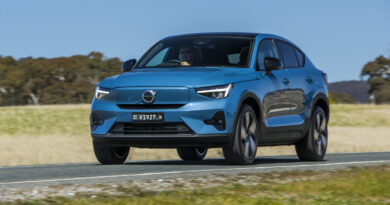
Excellent review. The VW ID.4 is a car that I’ve had my eye on for a while and could be the EV our family has been waiting for. Thanks John.